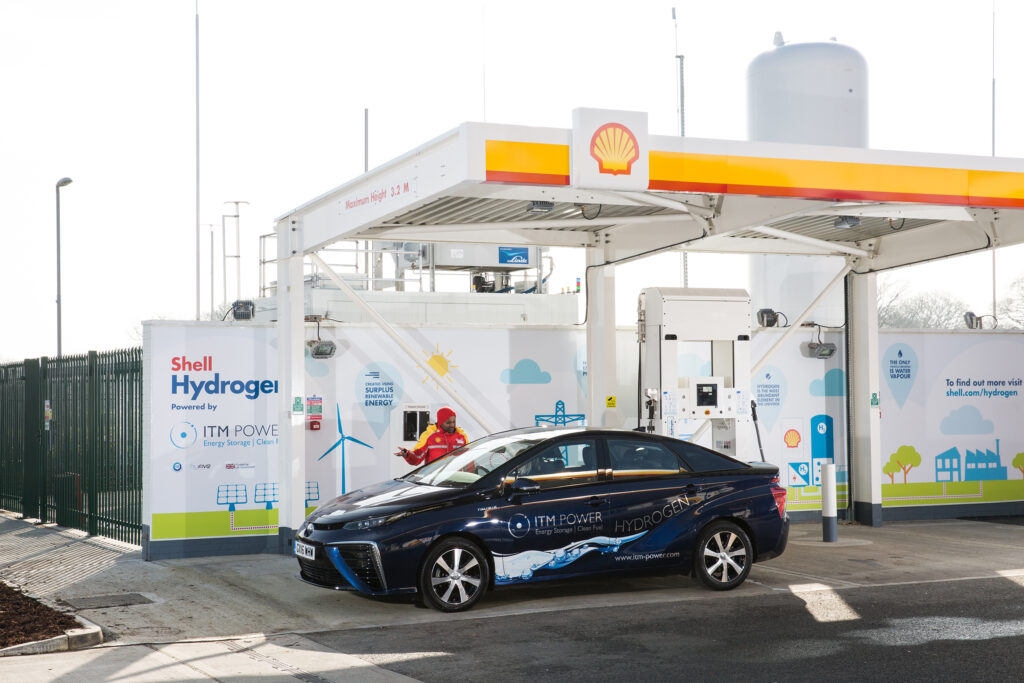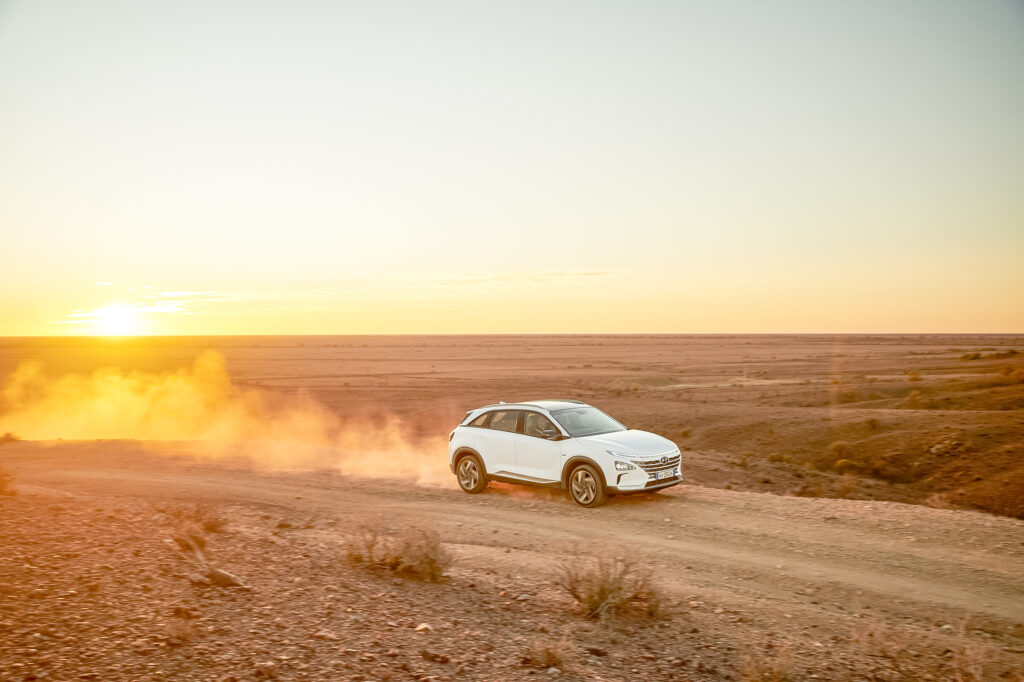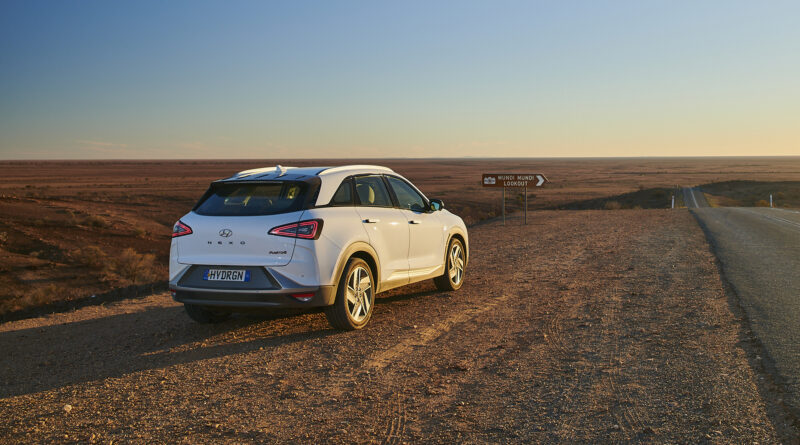From Iceland to Australia, hydrogen EVs are surprisingly cool
There were a lot of things that shocked me about Iceland when I visited for the launch of a Volkswagen Golf, back in 2008 – how Vikingly beautiful the people were, how weird it was that such beautiful people chose to eat something as ugly as Hákarl (which is a shark that has been allowed to slowly rot for five months and smells, and no doubt tastes, like a cross between urine and bleach), and all the hydrogen.
Way back then, hydrogen cars were starting to be discussed as an exciting way of saving the planet, Honda had just unveiled the Clarity FCEV and Iceland was being criss-crossed by hydrogen test mules of all kinds. Steam would also pour out of the ground in loud, vertical spouts – which sounded like jets taking off out of the ground – because Iceland’s just that kind of place. Not so much futuristic as entirely alien.
READ MORE: Water tight: Hyundai Nexo could be the start of big H2 things
READ MORE: Toyota’s glimpse of a hydrogen future for Australia
REVIEW: Hyundai Nexo
REVIEW: Toyota Mirai
NEWS: Why hydrogen FCEV is wll suited to LandCruiser, Hilux, Prado
A local told me that hydrogen also just poured out of the ground up that way and filling stations were just being dropped on top of these vents. Subsequent research showed this might have been an exaggeration, but the filling stations were definitely there.
The idea of running cars on hydrogen looked sensible in the country where I saw my first ever Shell Hydrogen Servo, and where geothermal energy was already a thing.

It was another seven years until I drove my first hydrogen car, a Toyota Mirai, at a test facility outside of Tokyo. It felt… ordinary, real, imminent and, aside from making noises like an old man sucking up peas through a straw, it was quite pleasant.
I guess I would have compared it to driving an EV, but I don’t think I’d done that yet.
James May bought a Mirai, and raved about the Clarity on television, at Top Gear magazine I was writing editorials insisting it was the next big thing and was going to save the world.
And now, finally, another six years on, I’ve just driven an actual, road-registered hydrogen car – Hyundai’s Nexo – on public roads in Sydney. This should be exciting – and in some ways it is, because the idea of a car that can make its own energy on board, clean the air as it drives and produce only water vapour from its exhausts is almost as cool as the fact that you can fill it up in less than five minutes – but unfortunately the car is not for sale.
It would be foolhardy indeed to sell a vehicle that can only be filled up in one place in all of Sydney – Hyundai’s HQ – and even then you can only get half a tank at present (the filling station only pumps hydrogen gas at 350 bar and you need 700 for a full fill).
I still takes me hat off to Hyundai for having the car available, and building the filling station and promoting the technology, because in many ways it does make so much sense.
It also strikes me that perhaps the authorities could be showing a little more support (the ACT is running a trial, with 20 Nexos being driven around by public servants), because Australia is one country that should really be getting on board the hydrogen, er, zeppelin.

Our conditions are just right for hydrogen production and with a bit of clever infrastructure investment – the kind we’re really bad at, unless it involves raising the profits of coal and gas companies – we could become major players in a clean-energy planet of the future. The Saudi Arabia of hydrogen, anybody?
No, I can’t imagine it either, but it would be nice.
I’m happy to report that the Hyundai Nexo was reassuringly ordinary to drive – or ordinary like any other mid-powered SUV – modern inside and felt like a piece of the future was already here, today, but still just a little bit out of reach.
I bet they’re driving loads of them in Iceland.



